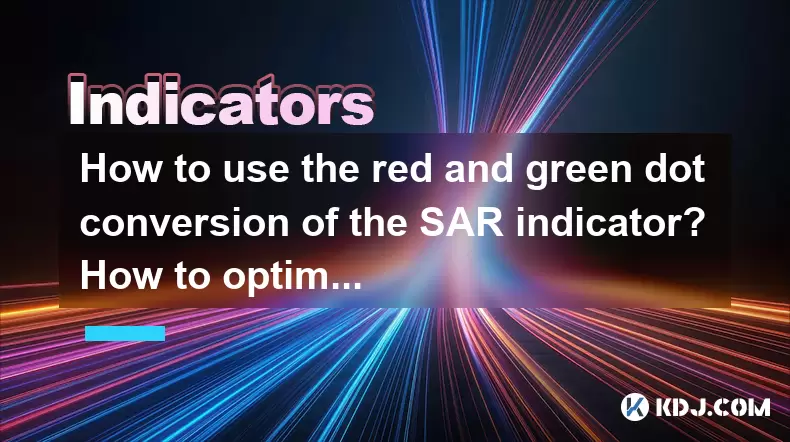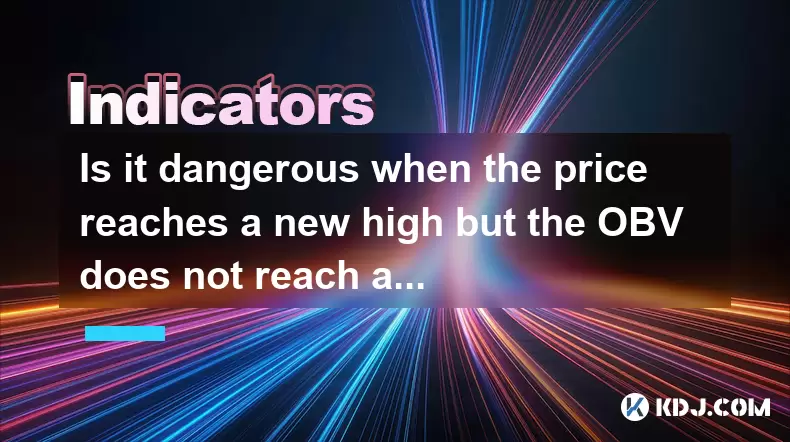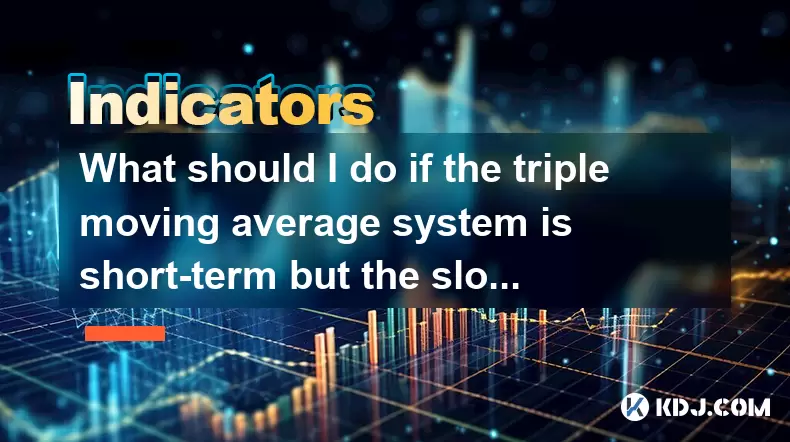-
 Bitcoin
Bitcoin $106,754.6083
1.33% -
 Ethereum
Ethereum $2,625.8249
3.80% -
 Tether USDt
Tether USDt $1.0001
-0.03% -
 XRP
XRP $2.1891
1.67% -
 BNB
BNB $654.5220
0.66% -
 Solana
Solana $156.9428
7.28% -
 USDC
USDC $0.9998
0.00% -
 Dogecoin
Dogecoin $0.1780
1.14% -
 TRON
TRON $0.2706
-0.16% -
 Cardano
Cardano $0.6470
2.77% -
 Hyperliquid
Hyperliquid $44.6467
10.24% -
 Sui
Sui $3.1128
3.86% -
 Bitcoin Cash
Bitcoin Cash $455.7646
3.00% -
 Chainlink
Chainlink $13.6858
4.08% -
 UNUS SED LEO
UNUS SED LEO $9.2682
0.21% -
 Avalanche
Avalanche $19.7433
3.79% -
 Stellar
Stellar $0.2616
1.64% -
 Toncoin
Toncoin $3.0222
2.19% -
 Shiba Inu
Shiba Inu $0.0...01220
1.49% -
 Hedera
Hedera $0.1580
2.75% -
 Litecoin
Litecoin $87.4964
2.29% -
 Polkadot
Polkadot $3.8958
3.05% -
 Ethena USDe
Ethena USDe $1.0000
-0.04% -
 Monero
Monero $317.2263
0.26% -
 Bitget Token
Bitget Token $4.5985
1.68% -
 Dai
Dai $0.9999
0.00% -
 Pepe
Pepe $0.0...01140
2.44% -
 Uniswap
Uniswap $7.6065
5.29% -
 Pi
Pi $0.6042
-2.00% -
 Aave
Aave $289.6343
6.02%
How to use the red and green dot conversion of the SAR indicator? How to optimize parameters to adapt to different cycles?
The Parabolic SAR's red-green dot conversion helps traders spot trend reversals, with green signaling bullish momentum and red indicating bearish shifts.
Jun 16, 2025 at 03:15 am

Understanding the SAR Indicator and Its Red-Green Dot Conversion
The Parabolic SAR (Stop and Reverse) is a widely used technical analysis tool in cryptocurrency trading. It helps traders identify potential reversals in price direction through a series of dots placed either above or below the price chart. When the dots switch from being above the price to below, or vice versa, this is known as the red-green dot conversion.
In many trading platforms, especially those supporting candlestick charts, these dots are color-coded: red indicates a bearish trend, while green signals a bullish one. The transition between red and green represents a change in market sentiment, which can be crucial for timing entries and exits in volatile crypto markets.
How the Red-Green Dot Conversion Works
When the SAR dots appear below the price candles, it suggests an uptrend and is typically marked as green. Conversely, when the dots flip above the candles, it implies a downtrend and turns red. This shift marks the SAR reversal point, often interpreted by traders as a signal to close long positions and possibly open short ones, or vice versa.
For example, during a strong rally in Bitcoin’s price, the SAR remains under the price action. Once the trend begins to weaken, the SAR flips above, turning red, indicating a possible trend reversal. Traders should pay attention to how consistent these conversions are across different timeframes and how they align with other indicators like RSI or MACD to avoid false signals.
Setting Up the SAR Indicator on Trading Platforms
Most cryptocurrency trading platforms such as Binance, Bybit, or TradingView support the SAR indicator out of the box. To activate it:
- Open your preferred charting interface.
- Click on the "Indicators" menu.
- Search for “Parabolic SAR” and add it to the chart.
- Look for the dots forming around the price candles.
Some platforms allow customization of the SAR’s visual elements, including enabling the green-red dot conversion effect. This feature enhances visibility, making it easier to spot reversals at a glance. If not available by default, users may need to adjust settings under “Style” or “Color” options within the indicator configuration panel.
Optimizing SAR Parameters for Different Time Cycles
The default parameters for the SAR are usually set at an acceleration factor (AF) of 0.02 and a maximum acceleration of 0.2. However, these values may not suit all trading strategies or timeframes. For instance, short-term scalpers might benefit from faster acceleration, while longer-term swing traders may prefer slower adjustments.
To optimize the SAR for different cycles:
- Adjust the acceleration factor (AF) upward for more sensitivity on shorter timeframes like 5-minute or 15-minute charts.
- Lower the AF value for daily or weekly charts to reduce false signals caused by minor price fluctuations.
- Experiment with varying maximum acceleration levels to control how quickly the SAR catches up with price movement.
It's essential to backtest any parameter changes using historical data before applying them in live trading environments. This ensures that the modified settings perform well under real market conditions without overfitting.
Practical Use Cases in Crypto Trading Scenarios
Let’s take Ethereum as an example. Suppose you're monitoring ETH/USDT on a 4-hour chart. You notice the SAR dots switching from green to red after a prolonged bull run. This could indicate a potential pullback or reversal. If accompanied by increased volume and a bearish engulfing pattern, the signal becomes stronger.
Conversely, during a downtrend in Litecoin, if the SAR flips from red to green and stays consistent for several candles, it might suggest that buying pressure has returned. At this point, traders might consider entering long positions, especially if supported by positive divergences in oscillators like RSI or Stochastic.
Always remember to combine the SAR with other tools such as moving averages or Fibonacci retracement levels to confirm trends and filter out noise.
Integrating SAR with Risk Management Techniques
While the SAR provides clear entry and exit points, managing risk effectively is vital in crypto trading due to its high volatility. One way to do this is by setting stop-loss orders just beyond the SAR level. For instance, in a long trade, placing a stop-loss slightly below the latest green SAR dot can protect against sudden reversals.
Similarly, for short trades initiated after a red dot appears above the price, a stop-loss can be positioned just above the SAR level. This dynamic adjustment allows traders to ride the trend while limiting downside exposure.
Position sizing should also reflect confidence in the SAR signal and the strength of supporting indicators. A stronger alignment across multiple tools might justify a larger position size, whereas isolated SAR signals warrant smaller allocations.
Frequently Asked Questions (FAQs)
What does the speed of SAR dot conversion indicate?
The pace at which SAR dots change from red to green or vice versa can reflect the strength of a trend reversal. A rapid succession of dots flipping suggests a strong momentum shift, while a slow or delayed conversion may imply weak market conviction.
Can the SAR indicator be used in sideways or ranging markets?
The SAR performs poorly in ranging markets because frequent whipsaws can generate misleading signals. In such scenarios, combining it with range-bound indicators like Bollinger Bands or Donchian Channels can help distinguish between genuine reversals and false alarms.
Is there a difference between SAR behavior on higher versus lower timeframes?
Yes. On higher timeframes, such as daily or weekly charts, SAR signals tend to be more reliable but less frequent. On lower timeframes, like 15-minute or 1-hour charts, SAR reacts more quickly but may produce more false positives due to market noise.
How can I visually enhance SAR signals on my chart?
Many platforms allow customizing the color, thickness, and style of SAR dots. Enabling the red-green conversion effect improves clarity. Additionally, overlaying moving averages or trendlines can further highlight key reversal zones identified by the SAR.
Disclaimer:info@kdj.com
The information provided is not trading advice. kdj.com does not assume any responsibility for any investments made based on the information provided in this article. Cryptocurrencies are highly volatile and it is highly recommended that you invest with caution after thorough research!
If you believe that the content used on this website infringes your copyright, please contact us immediately (info@kdj.com) and we will delete it promptly.
- 2025-W Uncirculated American Gold Eagle and Dr. Vera Rubin Quarter Mark New Products
- 2025-06-13 06:25:13
- Ruvi AI (RVU) Leverages Blockchain and Artificial Intelligence to Disrupt Marketing, Entertainment, and Finance
- 2025-06-13 07:05:12
- H100 Group AB Raises 101 Million SEK (Approximately $10.6 Million) to Bolster Bitcoin Reserves
- 2025-06-13 06:25:13
- Galaxy Digital CEO Mike Novogratz Says Bitcoin Will Replace Gold and Go to $1,000,000
- 2025-06-13 06:45:13
- Trust Wallet Token (TWT) Price Drops 5.7% as RWA Integration Plans Ignite Excitement
- 2025-06-13 06:45:13
- Ethereum (ETH) Is in the Second Phase of a Three-Stage Market Cycle
- 2025-06-13 07:25:13
Related knowledge

How to interpret the low opening the next day after the long lower shadow hits the bottom?
Jun 18,2025 at 12:22am
Understanding the Long Lower Shadow Candlestick PatternIn technical analysis, a long lower shadow candlestick is often seen as a potential reversal signal in a downtrend. This pattern occurs when the price opens, trades significantly lower during the session, but then recovers to close near the opening price or slightly above. The long wick at the botto...

How to operate the RSI indicator repeatedly in the 40-60 range?
Jun 18,2025 at 12:56am
Understanding the RSI Indicator and Its RelevanceThe Relative Strength Index (RSI) is a momentum oscillator widely used in cryptocurrency trading to measure the speed and change of price movements. Typically, the RSI ranges from 0 to 100, with levels above 70 considered overbought and below 30 considered oversold. However, when the RSI repeatedly stays ...

Why is the volume ratio suddenly enlarged three times but the price fluctuation is small?
Jun 18,2025 at 04:42am
Understanding the Relationship Between Trading Volume and Price MovementIn the world of cryptocurrency trading, volume is a crucial metric that reflects the number of assets traded within a specific time frame. It often serves as an indicator of market interest and liquidity. However, there are instances where trading volume surges dramatically—sometime...

How strong is the MACD golden cross below the zero axis?
Jun 17,2025 at 11:00pm
Understanding the MACD Indicator in Cryptocurrency TradingThe Moving Average Convergence Divergence (MACD) is one of the most widely used technical indicators among cryptocurrency traders. It helps identify potential trend reversals, momentum shifts, and entry or exit points. The MACD consists of three main components: the MACD line, the signal line, an...

Is it dangerous when the price reaches a new high but the OBV does not reach a new high?
Jun 18,2025 at 06:14am
Understanding On-Balance Volume (OBV) in Cryptocurrency TradingIn the world of cryptocurrency trading, technical indicators play a crucial role in analyzing market behavior and predicting future price movements. One such widely used indicator is the On-Balance Volume (OBV), which helps traders assess the strength of buying or selling pressure behind pri...

What should I do if the triple moving average system is short-term but the slope slows down?
Jun 18,2025 at 04:35am
Understanding the Triple Moving Average SystemThe triple moving average system is a popular technical analysis tool used in cryptocurrency trading. It involves using three different moving averages—typically the short-term (e.g., 10-period), medium-term (e.g., 20-period), and long-term (e.g., 50-period) moving averages. When the short-term average cross...

How to interpret the low opening the next day after the long lower shadow hits the bottom?
Jun 18,2025 at 12:22am
Understanding the Long Lower Shadow Candlestick PatternIn technical analysis, a long lower shadow candlestick is often seen as a potential reversal signal in a downtrend. This pattern occurs when the price opens, trades significantly lower during the session, but then recovers to close near the opening price or slightly above. The long wick at the botto...

How to operate the RSI indicator repeatedly in the 40-60 range?
Jun 18,2025 at 12:56am
Understanding the RSI Indicator and Its RelevanceThe Relative Strength Index (RSI) is a momentum oscillator widely used in cryptocurrency trading to measure the speed and change of price movements. Typically, the RSI ranges from 0 to 100, with levels above 70 considered overbought and below 30 considered oversold. However, when the RSI repeatedly stays ...

Why is the volume ratio suddenly enlarged three times but the price fluctuation is small?
Jun 18,2025 at 04:42am
Understanding the Relationship Between Trading Volume and Price MovementIn the world of cryptocurrency trading, volume is a crucial metric that reflects the number of assets traded within a specific time frame. It often serves as an indicator of market interest and liquidity. However, there are instances where trading volume surges dramatically—sometime...

How strong is the MACD golden cross below the zero axis?
Jun 17,2025 at 11:00pm
Understanding the MACD Indicator in Cryptocurrency TradingThe Moving Average Convergence Divergence (MACD) is one of the most widely used technical indicators among cryptocurrency traders. It helps identify potential trend reversals, momentum shifts, and entry or exit points. The MACD consists of three main components: the MACD line, the signal line, an...

Is it dangerous when the price reaches a new high but the OBV does not reach a new high?
Jun 18,2025 at 06:14am
Understanding On-Balance Volume (OBV) in Cryptocurrency TradingIn the world of cryptocurrency trading, technical indicators play a crucial role in analyzing market behavior and predicting future price movements. One such widely used indicator is the On-Balance Volume (OBV), which helps traders assess the strength of buying or selling pressure behind pri...

What should I do if the triple moving average system is short-term but the slope slows down?
Jun 18,2025 at 04:35am
Understanding the Triple Moving Average SystemThe triple moving average system is a popular technical analysis tool used in cryptocurrency trading. It involves using three different moving averages—typically the short-term (e.g., 10-period), medium-term (e.g., 20-period), and long-term (e.g., 50-period) moving averages. When the short-term average cross...
See all articles

























































































